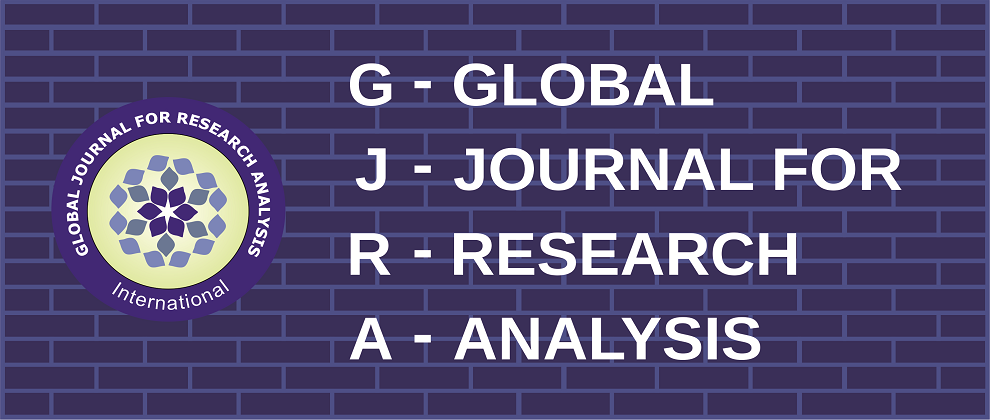Volume : 3, Issue : 2, February - 2014
Comparison of Protein–Energy Malnutrition and P. falciparum Malaria levels in AMPATH and Non– AMPATH COBES centres in Western Kenya
A. M. Kwena, J. B. Baliddawa, K. Taylor , Mary Ann Mcdowell, S. Mining
Abstract :
Objective: The Broad objective of the study was to determine the nutritional status and levels of P. falciparum malaria in children in COBES AMPATH and non-AMPATH centres. Specific objective was to ascertain if the presence of AMPATH has been beneficial in reduction of malnutrition and malaria in the centres. Materials and Methods: Nutritional status: Cross-sectional studies were carried out between March and May 2008 to Feuary and March 2011 and April to May, 2013, in 16 COBES centres in Western Kenya. Cluster sampling technique was used with each health centre as the sampling unit. Anthropometric measurements were performed on all children aged 5-59 months within the households sampled. The sample size depended on the number of cases seen in the households within the period of study. The parameters considered included Age (in months), Weight (Kgs) and the mid upper arm circumference (cms). The nutritional status of the children was determined using the WHO recommended Z- score values as well as the Kenya Government Ministry of health recommended charts based on anthropometric measurements . Analysis of nutritional data was carried out using Epi-info 2000 computer program to determine the Z- score values from anthropometric data. Malaria: Health centres records were assessed for the prevalence of malaria during the period of study and prevalence compared in AMPATH and NON-AMPATH centres. Results: A total of approximately 700 children were measured for anthropometry in the seven Health Centers: (Stunting- HAZ<-2, Wasting-WHZ <-2, underweight –WAZ<-2 and MUAC, < 12.5mm). Preliminary published results indicated that Meteitei (non-AMPATH) had the highest malnutrition prevalence (53% HAZ, 15% WHZ, 27% WAZ and 18.1 MUAC) whereas Chulaimbo (AMPATH) showed the lowest prevalence (7% HAZ, 3% WAZ ). The other centres showed mixed prevalence. Malaria was the leading cause of mortality and morbidity in all the COBES centres except for only two. Conclusion: AMPATH centres showed improved nutrition status compared to other COBES centres whereas presence of AMPATH had no effect on prevalence of malaria.
Keywords :
Article:
Download PDF Journal DOI : 10.15373/2249555XCite This Article:
A.M. Kwena, J.B. Baliddawa, K. Taylor , Mary Ann McDowell, S. Mining Comparison of Protein-Energy Malnutrition and P. falciparum Malaria levels in AMPATH and Non- AMPATH COBES centres in Western Kenya


 MENU
MENU

 MENU
MENU

